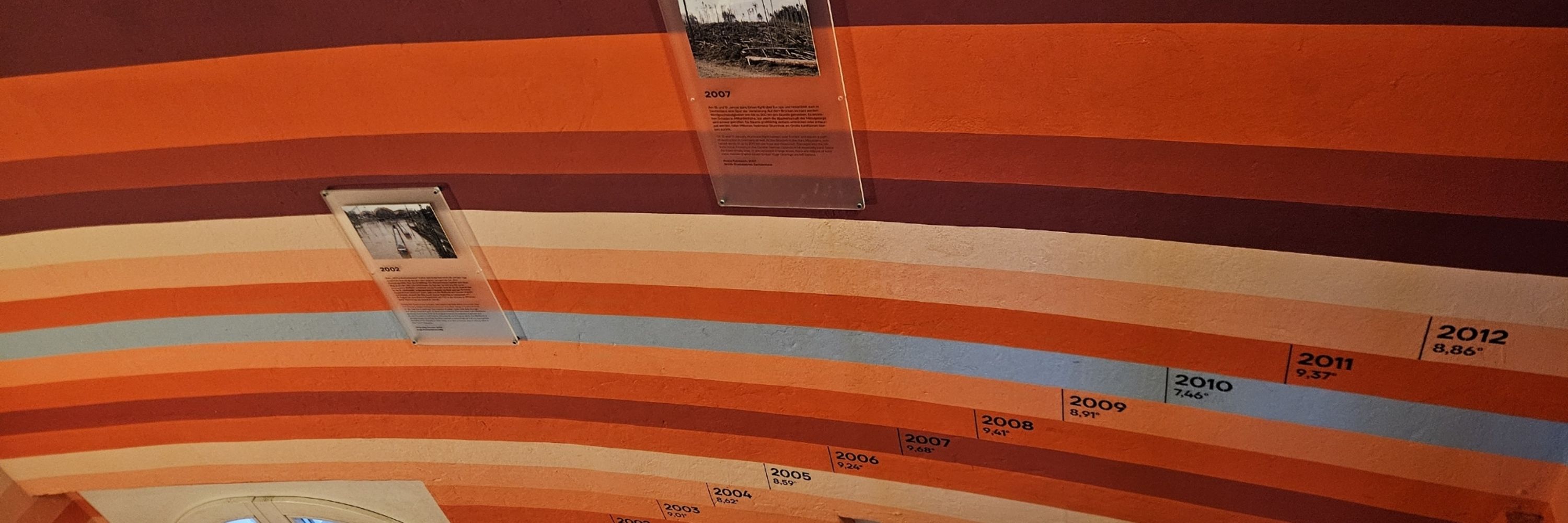
🎁 Es werden 20 mal 20 Wunschgutscheine verlost.

🎁 Es werden 20 mal 20 Wunschgutscheine verlost.
🚀 Unser neues Innovationsfonds-Projekt „AGE-ADAPT – Nutzung digitaler Präventionsangebote bei älteren Menschen: Adhärenz trotz sozialer Benachteiligung“ steht in den Startlöchern!
🚀 Unser neues Innovationsfonds-Projekt „AGE-ADAPT – Nutzung digitaler Präventionsangebote bei älteren Menschen: Adhärenz trotz sozialer Benachteiligung“ steht in den Startlöchern!
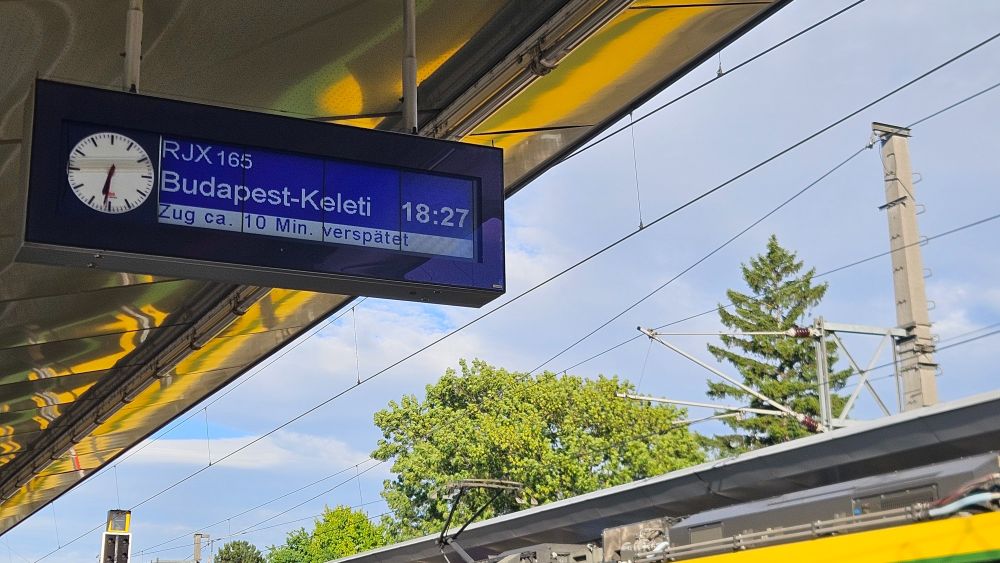
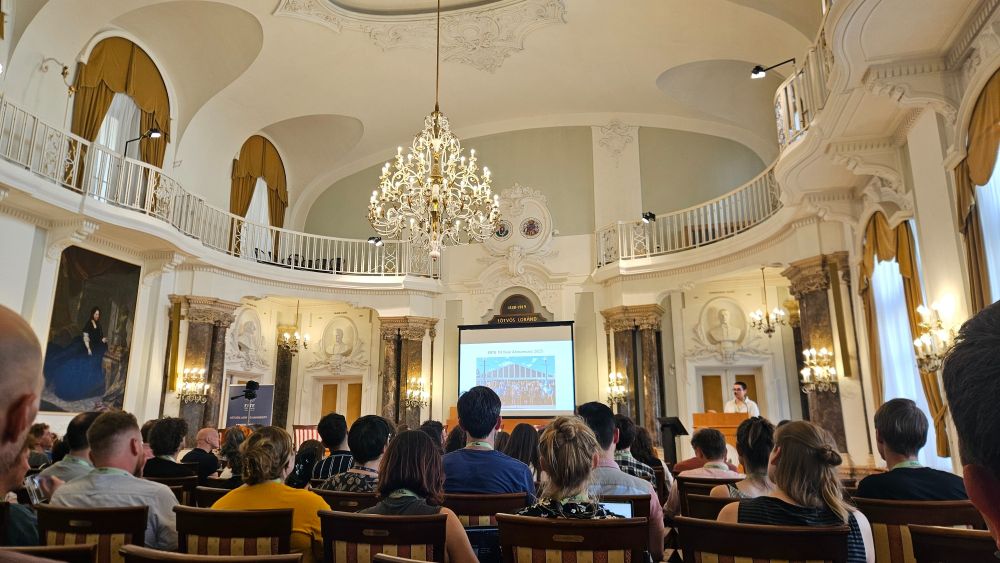
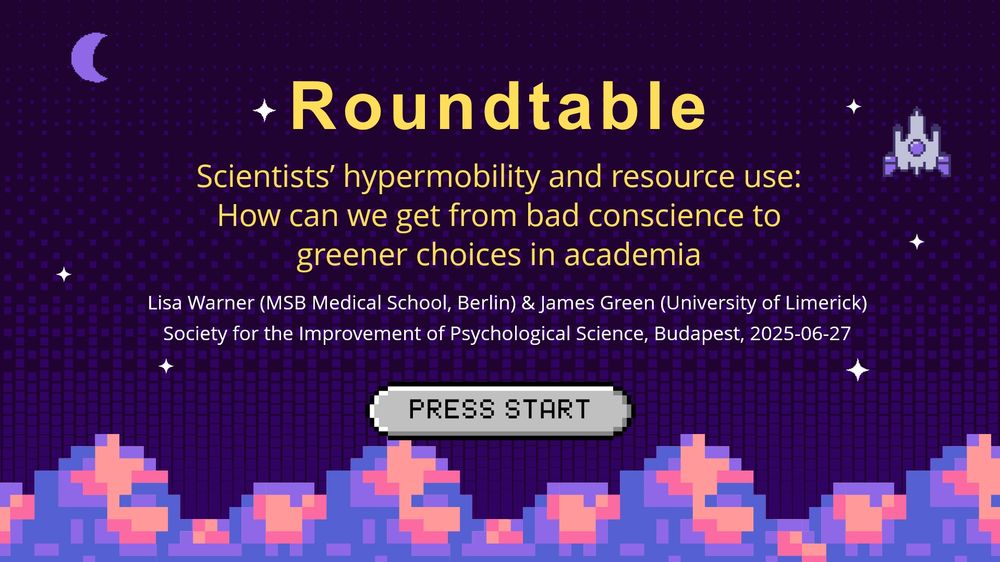
We (@lisawarner.bsky.social @ajamesgreen.bsky.social and myself) estimated the carbon footprint of air travel associated with >20 international conferences (2023–2025) in psychology & behavioral medicine.
Spoiler: it’s a lot. 🛫🌍🧠
Preprint 👉 doi.org/10.31234/osf...
🧵
We (@lisawarner.bsky.social @ajamesgreen.bsky.social and myself) estimated the carbon footprint of air travel associated with >20 international conferences (2023–2025) in psychology & behavioral medicine.
Spoiler: it’s a lot. 🛫🌍🧠
Preprint 👉 doi.org/10.31234/osf...
🧵
To compare global warming with that in Germany, I first shrank the global stripes in the y-axis and then placed the data from Germany behind them.
The result: warming is happening twice as fast in Germany.
To compare global warming with that in Germany, I first shrank the global stripes in the y-axis and then placed the data from Germany behind them.
The result: warming is happening twice as fast in Germany.
Today 21st June is #ShowYourStripes day - how does climate change look in your area?
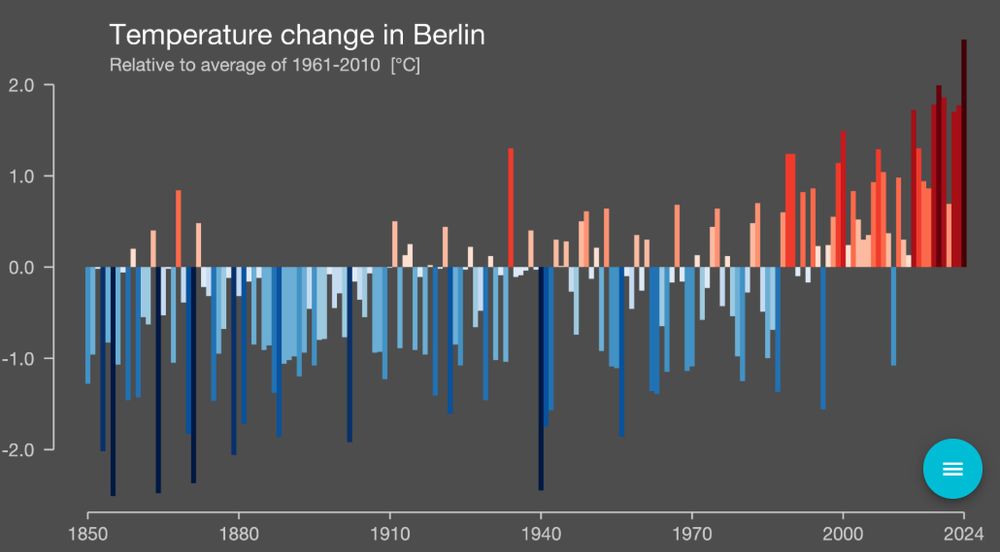
Today 21st June is #ShowYourStripes day - how does climate change look in your area?
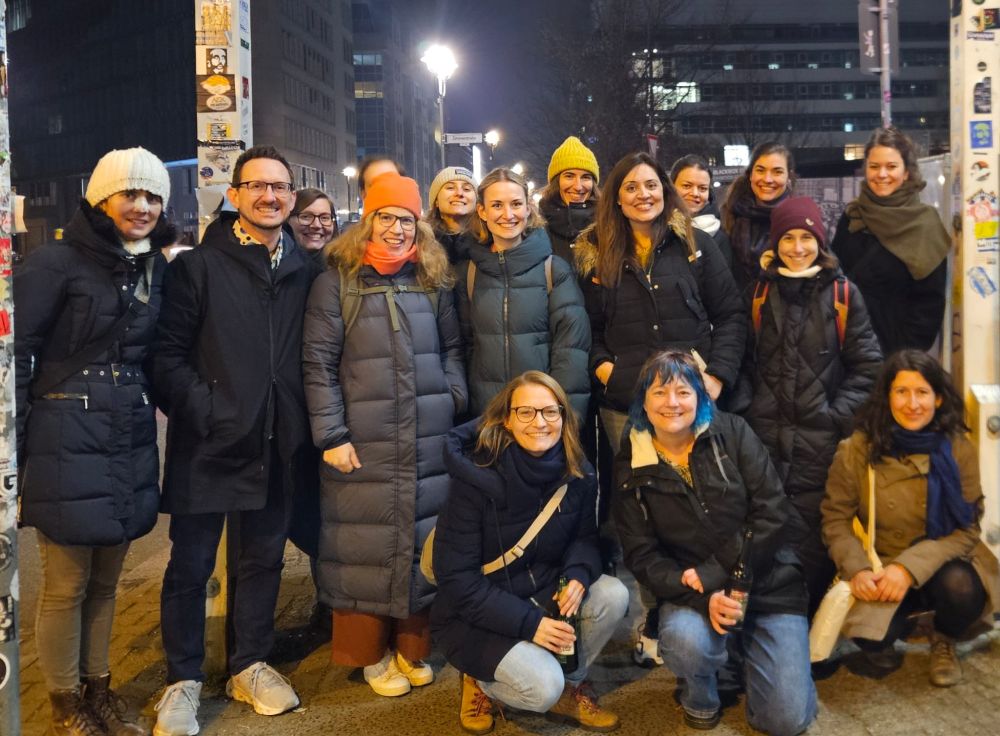
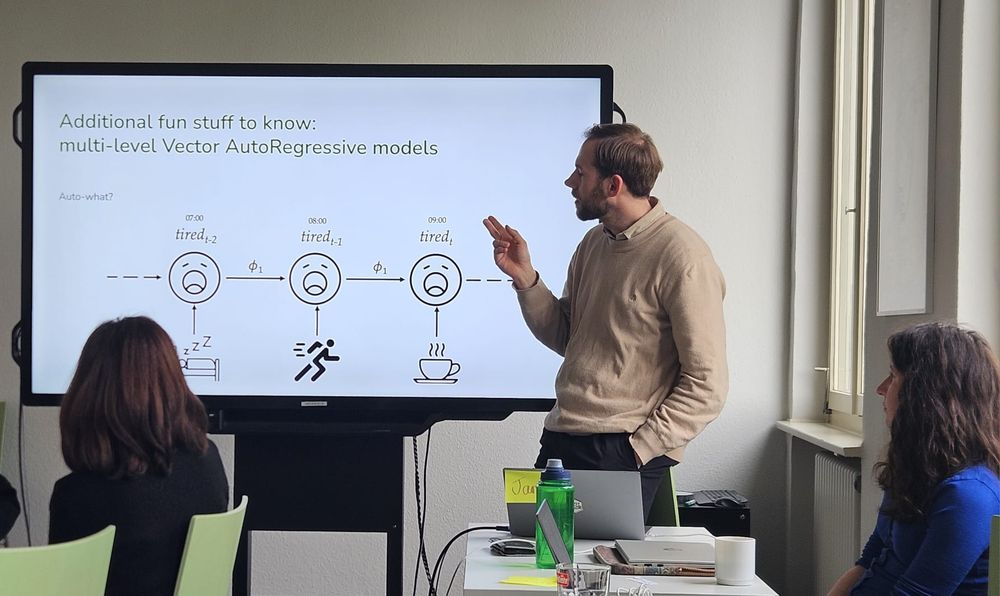
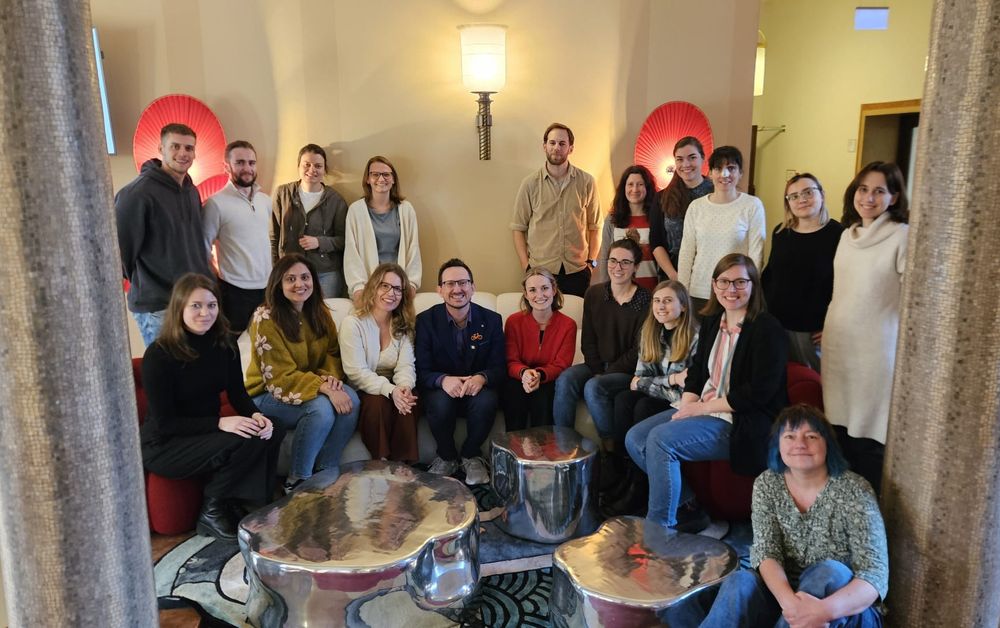
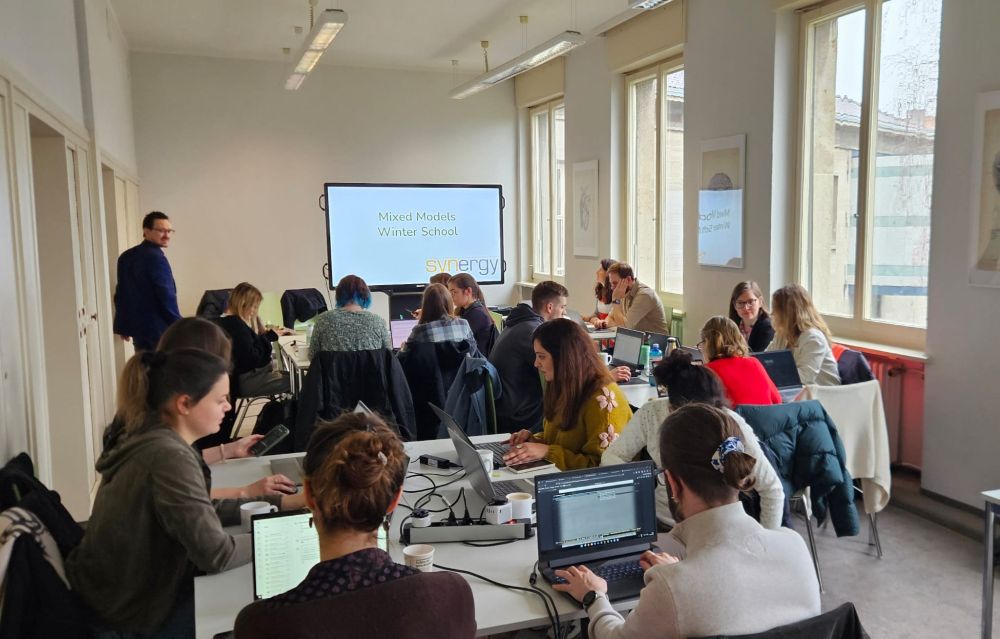
- although women obtain more bachelor's degrees
- fewer women obtain a doctorate
- 1/3 of EU researchers are women
- 16% of authorship teams are gender balanced
- lower overall funding success for women
Way to go!
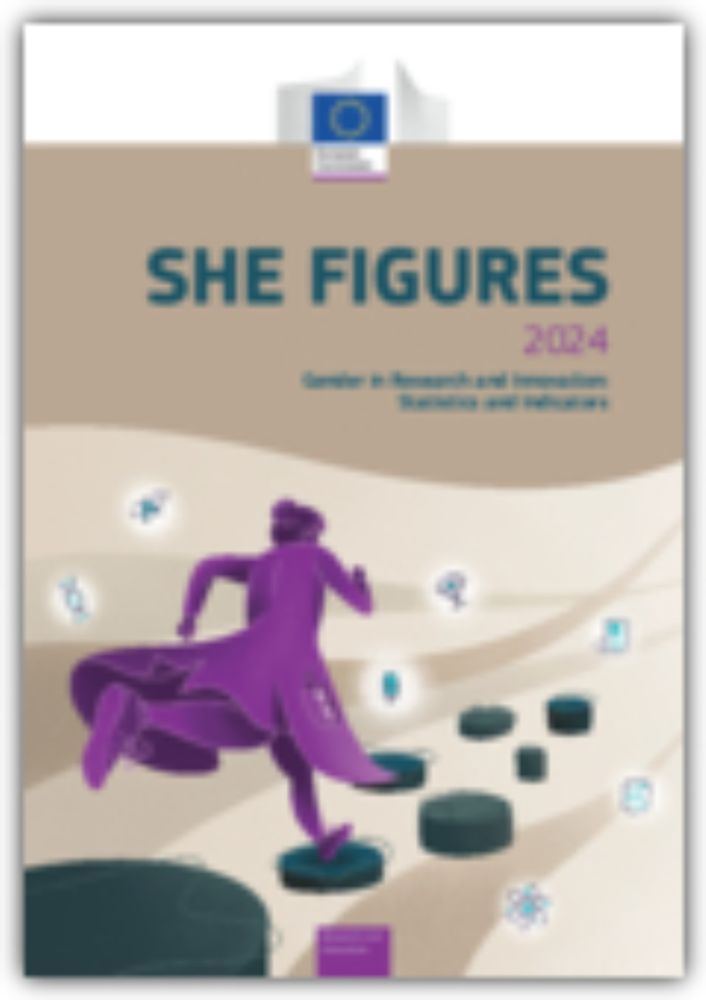
- although women obtain more bachelor's degrees
- fewer women obtain a doctorate
- 1/3 of EU researchers are women
- 16% of authorship teams are gender balanced
- lower overall funding success for women
Way to go!
The Lancet Healthy Longevity:
doi.org/10.1016/j.la...
1/5
The Lancet Healthy Longevity:
doi.org/10.1016/j.la...
1/5
🌱 “Good Health and Wellbeing: Integrative Approaches to Sustainability and the SDGs”
🔜 Applied Psychology: Health and Well-Being
📅 Deadline for manuscript submission: 30 May 2025
For details see: iaap-journals.onlinelibrary.wiley.com/hub/journal/...
🌱 “Good Health and Wellbeing: Integrative Approaches to Sustainability and the SDGs”
🔜 Applied Psychology: Health and Well-Being
📅 Deadline for manuscript submission: 30 May 2025
For details see: iaap-journals.onlinelibrary.wiley.com/hub/journal/...
📅 11–12 March 2025 | 📍 Berlin, Germany | 💶 €200
Learn advanced techniques, visualization, & R (with Jamovi options). Open to all levels!
Apply by 31 Jan: forms.gle/ihR8NtxJNSoT...
#StatsWorkshop #HealthPsychology #Rstats

For more information, visit: https://2025.ehps.net
#EHPS2025
For more information, visit: https://2025.ehps.net
#EHPS2025
This was a great opportunity to meet others, discuss, and kickstart some exciting collaborations 🚀
Thank you to everyone that came along! 👏
Want to get involved with our events? Become a SIG member here ➡️ forms.gle/cL2m3Bv3Mf2o...

Über 60 dt. Hochschulen & Forschungsinstitutionen haben heute ihren Ausstieg bei X bekanntgegeben, s.u. #eXit
X sei nicht mehr vereinbar mit ihren Grundwerten: „Weltoffenheit, wissenschaftliche Integrität, Transparenz und demokratischer Diskurs.“
Liste der Beteiligten hier:
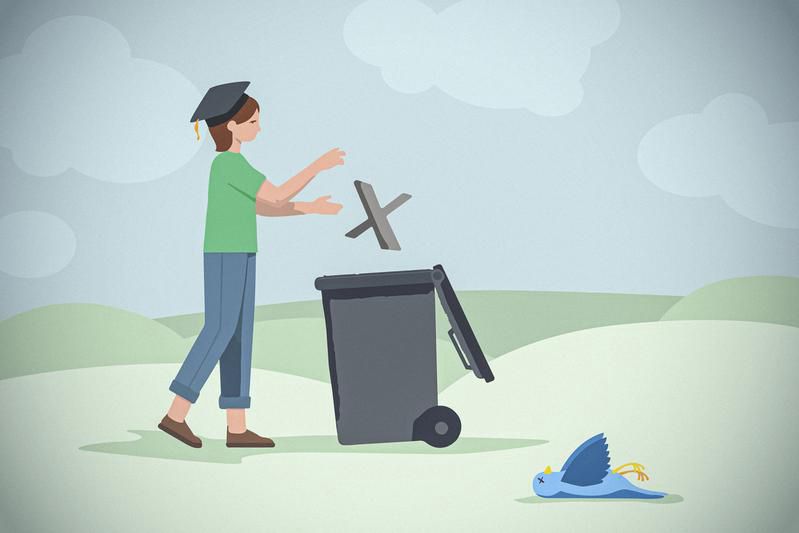
Über 60 dt. Hochschulen & Forschungsinstitutionen haben heute ihren Ausstieg bei X bekanntgegeben, s.u. #eXit
X sei nicht mehr vereinbar mit ihren Grundwerten: „Weltoffenheit, wissenschaftliche Integrität, Transparenz und demokratischer Diskurs.“
Liste der Beteiligten hier:
climate.copernicus.eu/copernicus-2...
#copernicus #climatechange #1.5°C

climate.copernicus.eu/copernicus-2...
#copernicus #climatechange #1.5°C
🗨️ 💬 Gerne hier klicken für den ersten Teil als Online Fragebogen für zu Hause: lnkd.in/e2gV42WB

🗨️ 💬 Gerne hier klicken für den ersten Teil als Online Fragebogen für zu Hause: lnkd.in/e2gV42WB
It shows estimates of greenhouse gas emissions caused by travel to @European Health Psychology Society (EHPS) conferences, and offers two solutions for preserving not only human health, but also the health of the planet: (🧵1/4)



It shows estimates of greenhouse gas emissions caused by travel to @European Health Psychology Society (EHPS) conferences, and offers two solutions for preserving not only human health, but also the health of the planet: (🧵1/4)
📅 11–12 March 2025 | 📍 Berlin, Germany | 💶 €200
Learn advanced techniques, visualization, & R (with Jamovi options). Open to all levels!
Apply by 31 Jan: forms.gle/ihR8NtxJNSoT...
#StatsWorkshop #HealthPsychology #Rstats

fu-berlin.berufungsportal.de?showProcedur...
fu-berlin.berufungsportal.de?showProcedur...
My new piece on some really fascinating research:
gidmk.substack.com/p/how-much-d...

My new piece on some really fascinating research:
gidmk.substack.com/p/how-much-d...
Our colleagues Sophie Leer, Zoe Parsons and Sven Schneider identified related knowledge, practices and adaptation strategies among coaches in german outdoor sports
www.ssph-journal.org/journals/int...
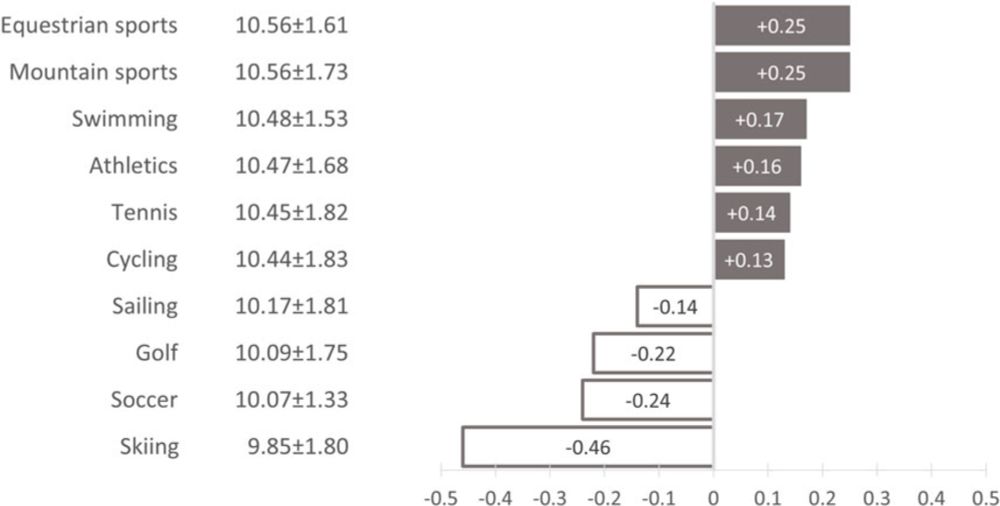
Our colleagues Sophie Leer, Zoe Parsons and Sven Schneider identified related knowledge, practices and adaptation strategies among coaches in german outdoor sports
www.ssph-journal.org/journals/int...
„Wissenschaft muss raus aus der Komfortzone!“
„Wir können die Plattform nicht den problematischen Playern überlassen!“
Warum keins dieser Argumente überzeugt & im Gegenteil alles dafür spricht, dass die dt. Wissenschaft X JETZT verlässt: Heut im #ArbeitInDerWiss Newsletter!

„Wissenschaft muss raus aus der Komfortzone!“
„Wir können die Plattform nicht den problematischen Playern überlassen!“
Warum keins dieser Argumente überzeugt & im Gegenteil alles dafür spricht, dass die dt. Wissenschaft X JETZT verlässt: Heut im #ArbeitInDerWiss Newsletter!
psycnet.apa.org/doiLanding?d...
psycnet.apa.org/doiLanding?d...

